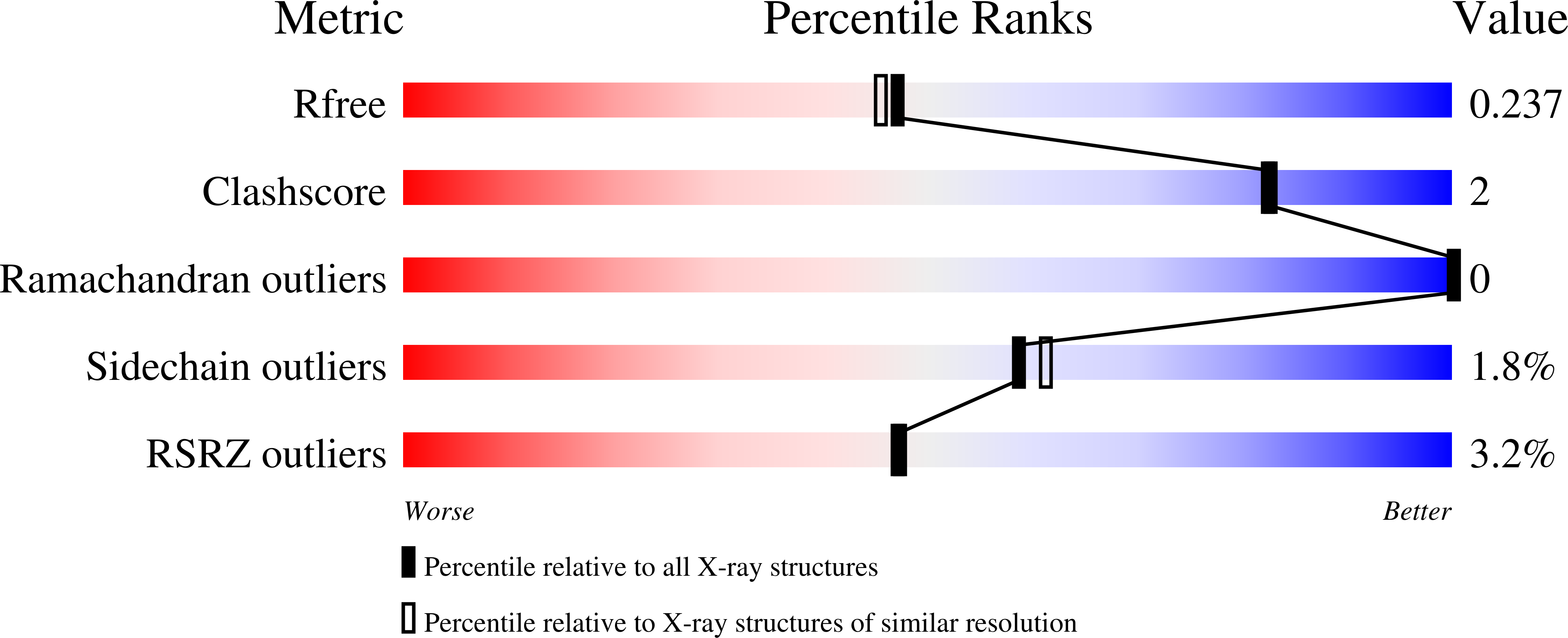
Deposition Date
2023-02-01
Release Date
2024-02-21
Last Version Date
2024-09-04
Entry Detail
PDB ID:
8CEG
Keywords:
Title:
BAR domain protein FAM92A1 essential for mitochondrial membrane remodeling
Biological Source:
Source Organism:
Homo sapiens (Taxon ID: 9606)
Host Organism:
Method Details:
Experimental Method:
Resolution:
2.03 Å
R-Value Free:
0.23
R-Value Work:
0.18
R-Value Observed:
0.18
Space Group:
P 1


